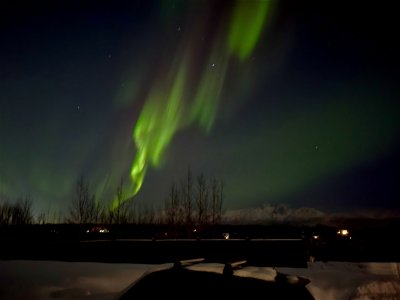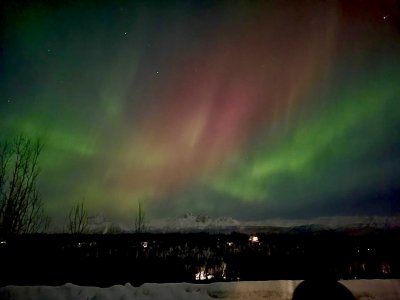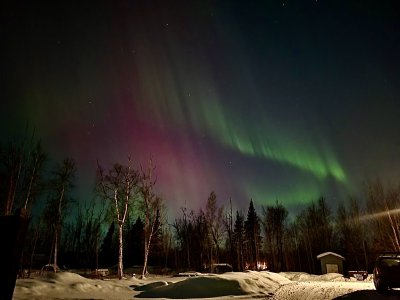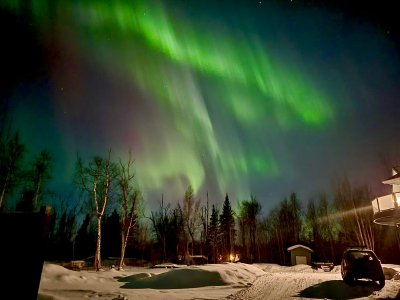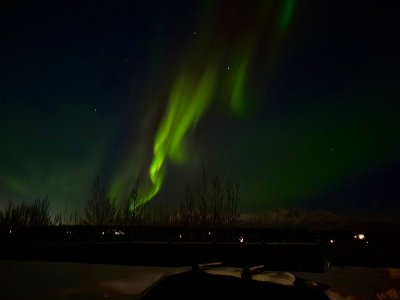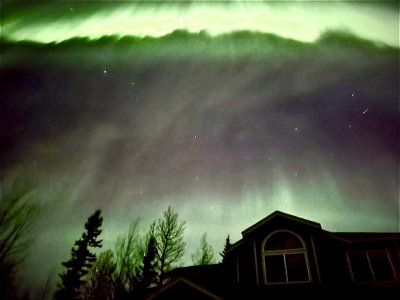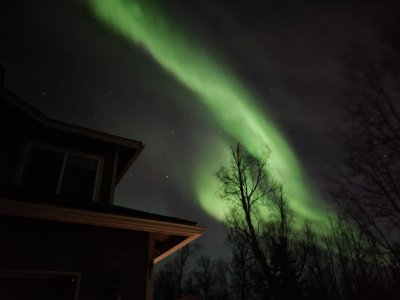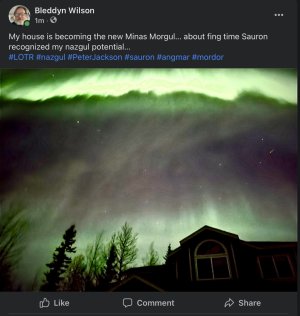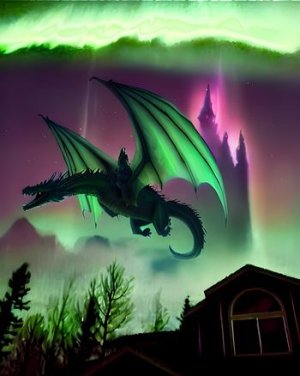Kakistocrat
SOC-12
Attached to this thread is a PDF document that contains updated data for Book 6, page 56 — “The Terra System”. Along with a few corrections to moon orbits and sizes on that page (and removing Janus because its mean diameter is less than 200 km), it includes many other small celestial bodies with mean diameters of at least 200 km that have been identified in the last 40 years, as well as individually listed asteroids of appropriate size in the asteroid belt. Where known, minor planet designations include their respective Minor Planet Center catalog numbers.
The orbit numbers for non-moons have been expanded to three decimal places of precision, which allows each non-moon to have a unique orbit number. (I used Ceres’ orbit number to represent the orbit number of the entire asteroid belt.) Since there are actual worlds around other stars that have semi-major axes of less than 0.2 au, I have rescaled orbit 0 to represent a semi-major axis of 0.01 au instead of 0.2 au, and Mercury’s orbit number in this document reflects this rescaling.
The page size used in the document is the same size as was used by Book 6, so the document should be printable on either ANSI A or ISO A4 paper, and its printed pages can be trimmed to fit into your copy of Book 6. The font size is a bit smaller than was used in Book 6, since some of the minor planets have long names, but I find that viewing the PDF at 150% zoom on my laptop is comfortable, even for my old eyes.
If you find mistakes in this document, or have ideas for improving its presentation, please let me know.
The orbit numbers for non-moons have been expanded to three decimal places of precision, which allows each non-moon to have a unique orbit number. (I used Ceres’ orbit number to represent the orbit number of the entire asteroid belt.) Since there are actual worlds around other stars that have semi-major axes of less than 0.2 au, I have rescaled orbit 0 to represent a semi-major axis of 0.01 au instead of 0.2 au, and Mercury’s orbit number in this document reflects this rescaling.
The page size used in the document is the same size as was used by Book 6, so the document should be printable on either ANSI A or ISO A4 paper, and its printed pages can be trimmed to fit into your copy of Book 6. The font size is a bit smaller than was used in Book 6, since some of the minor planets have long names, but I find that viewing the PDF at 150% zoom on my laptop is comfortable, even for my old eyes.
If you find mistakes in this document, or have ideas for improving its presentation, please let me know.

